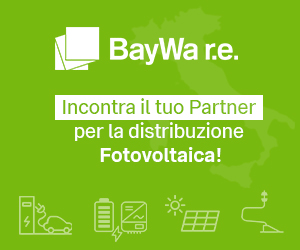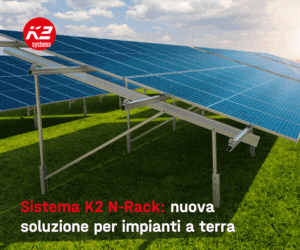As issues of carbon mitigation and climate change take front and center on the world stage, interest in energy production from sustainable biomass is increasing. By its nature, non-biological renewable energy is produced by capturing and concentrating dispersed flows of energy such as sunlight, wind and ocean waves. It follows that renewable energy systems draw on the resources at hand. For example, solar is most effective in areas with low humidity and few cloudy days, while wind is more prevalent in areas where it is unobstructed such as over oceans or high desert plains. By contrast, biomass energy is most cost-effective in regions with plentiful rain and land suited for fields and forests. The Southeastern United States provides a prime example of a region with high-yielding biomass production.
Specifically, the state of Georgia is a leader in biomass. From its abundance in biomass resources to the technology and innovation to more efficiently convert biomass to the state-level support to help companies succeed, Georgia is an influential leader in the bio-energy revolution.
Georgia boasts an abundance of renewable natural resources producing everything from traditional feedstocks, such as corn and soy beans, to non-traditional feedstocks, such as switch grass, pine trees and the 24 million acres of forest land. Forbes magazine ranked Georgia third in the nation for potential biomass energy as measured by the amount of biomass available in the state. In addition, Georgia ranks No. 1 in the nation for commercial timberland and boasts 10 million acres of agricultural land.
On top of the wealth the state has in renewable natural resources, Georgia’s entrepreneurial-friendly policies, reduced taxes on bioscience energy companies and expedited environmental permits for biofuel plants are among a few reasons why the state is ranked third in the U.S. for its future in alternative energy production. The state currently has over $2 billion worth of active renewable energy-related projects and is projected to drive nearly $5 billion dollars into the state’s economy over the next 10 years.
Companies wishing to take advantage of the increased demand forecast for renewable energy should consider Georgia also because the state has an established “brain trust” of university research and development. The University of Georgia, with its extensive laboratories and agricultural experiment stations, is world-renowned for research in fermentation, enzymes and genetic engineering.
Its Athens campus boasts a pilot scale model biorefinery, where feedstocks are tested to produce bio-oil, syngas, char, and a variety of industrial chemicals. The Georgia Institute of Technology is home to the Strategic Energy Institute, conducts research on biomass gasification and biochemistry, and is a leader in industrial process engineering. The state is also home to the Herty Advanced Materials Development Center, a $150-million-dollar non-profit research center, formerly dedicated to the pulp and paper industry and now focused on biomass commercialization.
Through Georgia’s Center of Innovation for Energy (COI-Energy), the state provides industry expertise, access to academic research and industry connections to accelerate growth for renewable energy companies in Georgia at no cost. The mission of the COI-Energy, is to “promote production of and use of renewable energy in Georgia.” It is one of six Centers of Innovation, each focused on a strategic industry for the state. The COI-Energy is headquartered in the heart of Georgia’s Bioenergy Corridor, an extensive network of bioenergy-related businesses and organizations throughout the state.
RWE Innogy of Germany and BMC of Sweden, Europe’s largest energy firms, recently announced that they will locate a new bioenergy production facility in Georgia. RWE and BMC plans to create the world’s largest renewable energy capacity of wood pellets at the new facility. Generally, the availability of forestry is greater in the U.S. than in Europe and it is cheaper to produce wood pellets in the U.S. and export it back to Europe. This industry is forecasted to see an increased demand in the future, and Georgia’s wealth in forestry will be able to meet the demand that the European wood market will not be able to satisfy.
Biomass may be commoditized for the world market like fossil fuels once it is standardized and densified, either as solid or liquid fuel. As with any commodity, an efficient logistics infrastructure is critical, both for feedstock supply and for bringing the finished fuel to markets, either domestic or international. As home to the fastest-growing port, Port of Savannah, and the most extensive rail system in the Southeast, the state of Georgia is well-positioned from an infrastructure perspective. Therefore the state can transport goods efficiently and cost effectively.
Georgia grows trees like Iowa grows corn and the wealth in renewable sources of energy make the state a renewable energy hub. In addition to the abundance of renewable natural resources the state’s favourable regulatory environment, talent and ability to efficiently transport goods and materials makes the state an ideal place for energy companies.
Jill Stuckey, Director of Georgia Center of Innovation for Energy





























